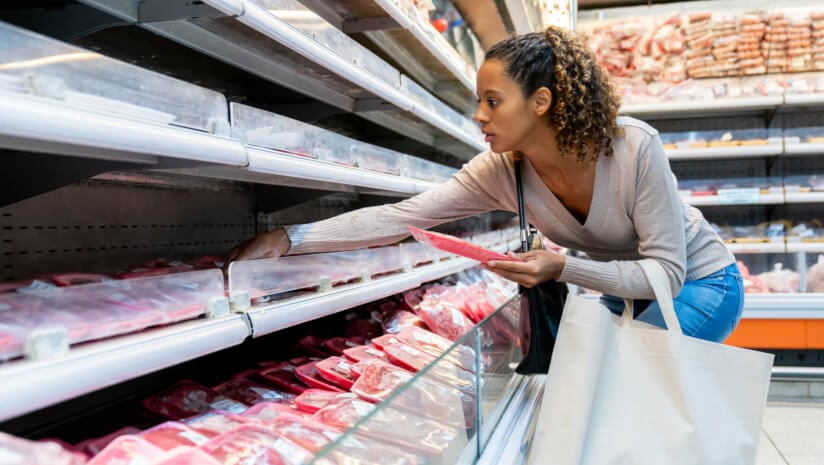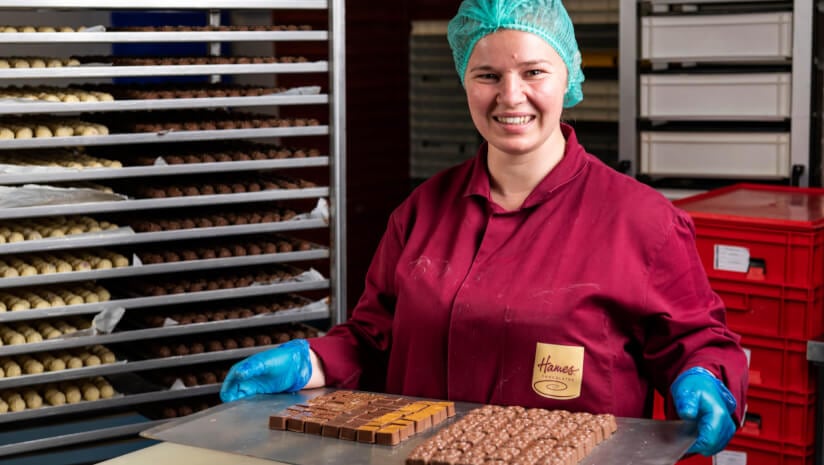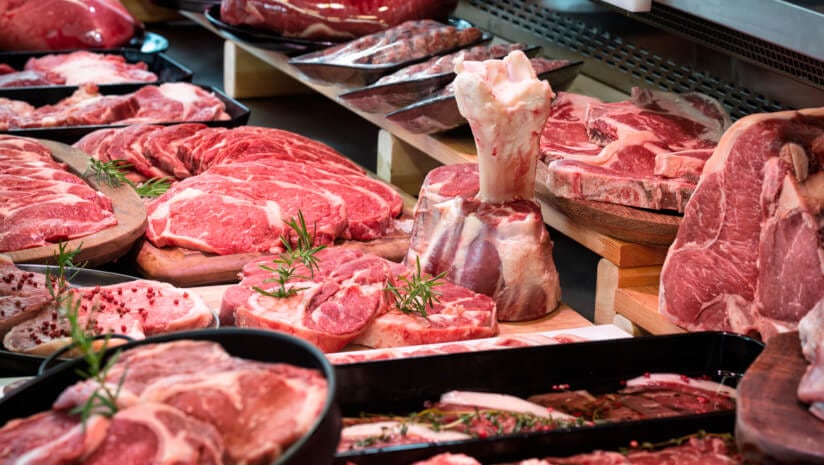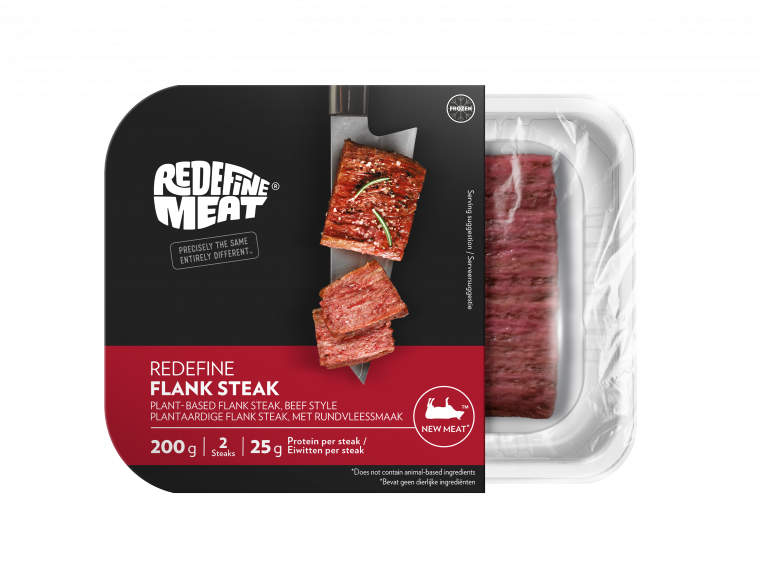A report from Hybu Cig Cymru-Meat Promotion Wales’ (HCC) analysts has revealed a complex blend of beef market influencers in the first five months of 2024.
“Supply across Europe remains tight; beef imports have increased and UK production is up, meaning more product is available for export,” explained Elizabeth Swancott, HCC’s senior market intelligence and research and development officer.
“In fact, GB beef exports lifted by almost 11%, from 41,900 tonnes in 2023 to 46,300 tonnes in 2024, with May exports up by 20% on year-earlier figures.”
Ireland is the UK’s largest trading partner, with around 30% of total beef exports heading that way. However, of the 99,000 tonnes of beef imported, 77% came from Ireland, representing an 18% rise in Irish product year-on-year in the first five months of the year.
British steer (young, neutered male cattle primarily raised for beef) deadweight prices strengthened week on week throughout July 2024, while Irish beef prices fell. This widening gap led to more competitively priced beef from Ireland, which drove up demand.
Overall, beef demand has been strong in GB, with Kantar data reporting volume sales at retail are up 3% on the year (12 weeks until July 7th 2024).
“This data underlines how HCC’s marketing efforts continue to bear fruit both at home and overseas. For instance, the ‘Uniquely Welsh, Naturally Local’ domestic campaign saw awareness of Welsh Beef rise by 15% to 80% and propensity to purchase statistics increase by 21%,” continued Swancott.
The current demand for Irish beef may not persist, however, as a result of 'impending' tightening supply.
“Current Irish cattle population data suggests lower numbers of cattle of slaughter age towards the end of 2024 and into 2025,” added Swancott.
“This tightening of supply could have an influence on price and availability for export. In the longer term, Bord Bia forecast that Irish cattle slaughter could fall by 30-40,000 head (-2%) in 2024 for the year as a whole and may begin to influence the market towards the end of 2024 and into 2025.
“The Irish supply position, combined with the tighter EU and UK supply outlooks, and propitious consumer demand, would all suggest favourable undertones for cattle prices in the long term.”





